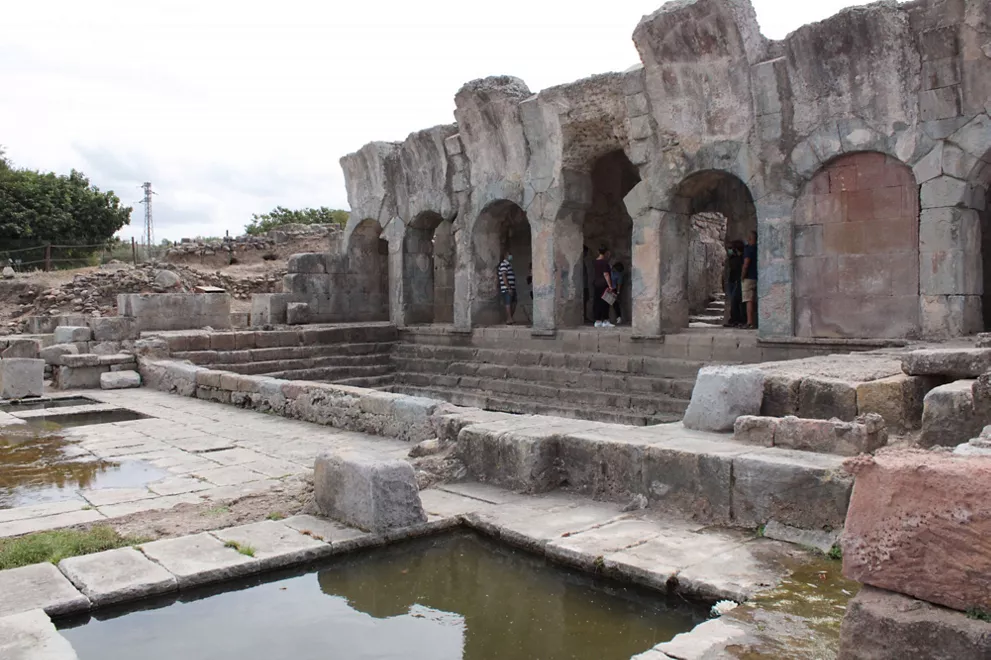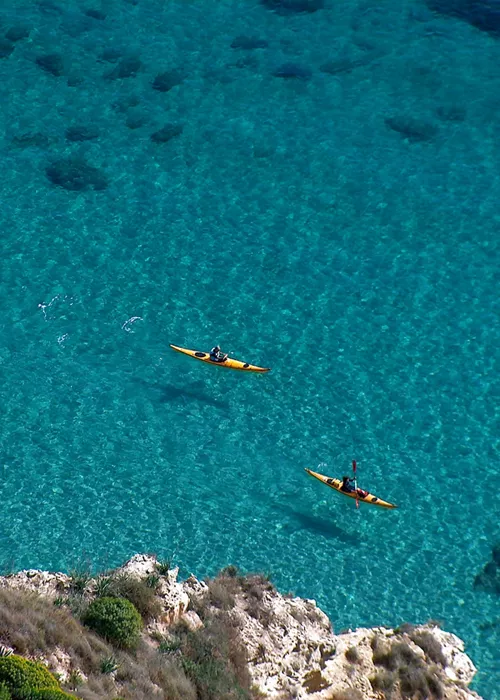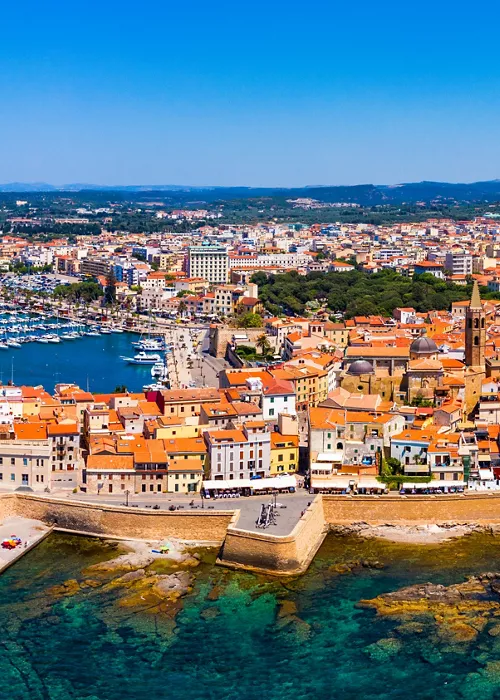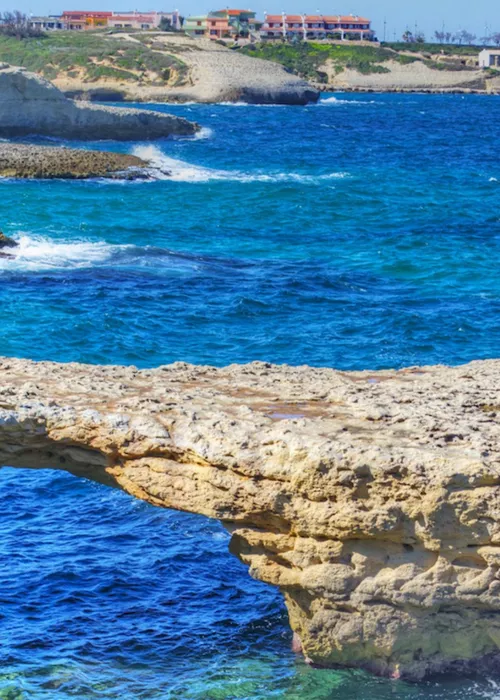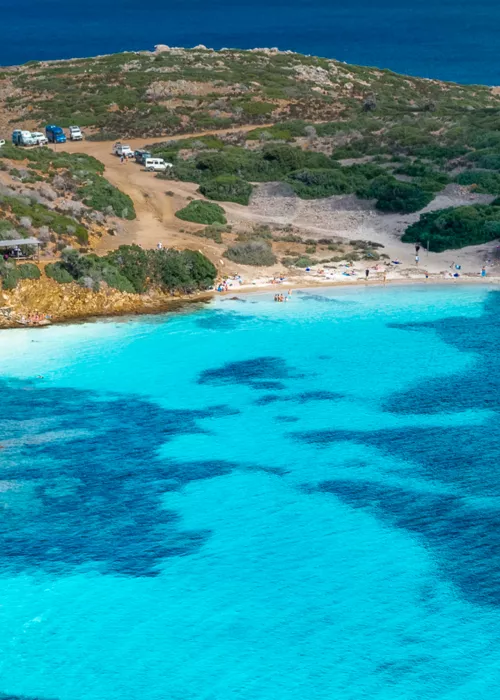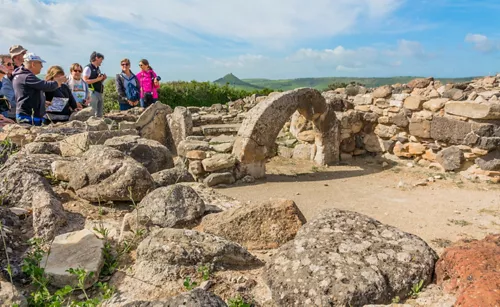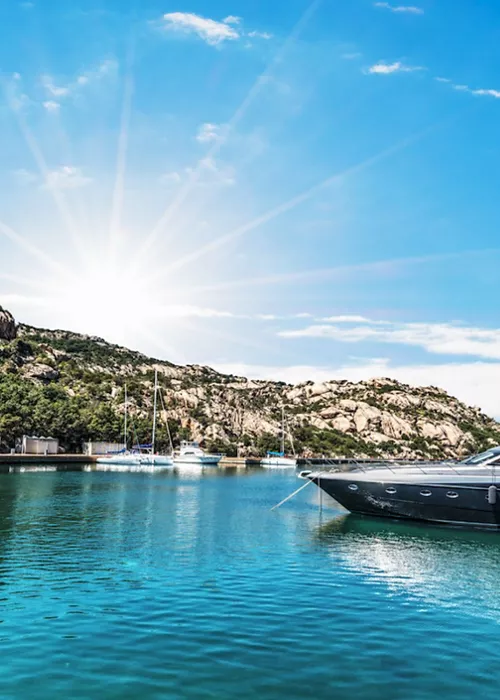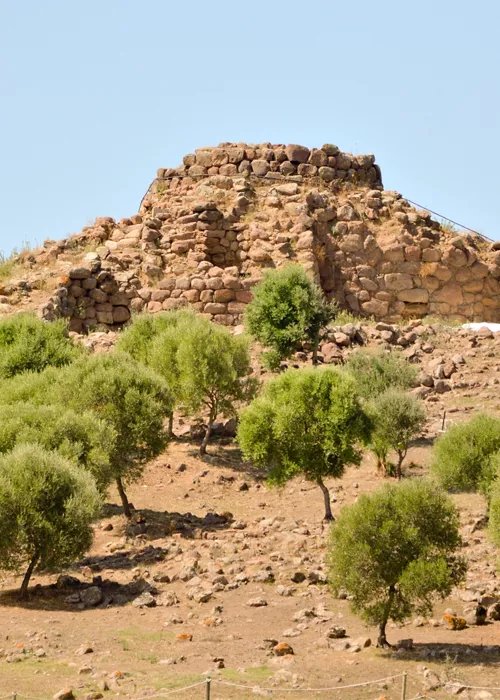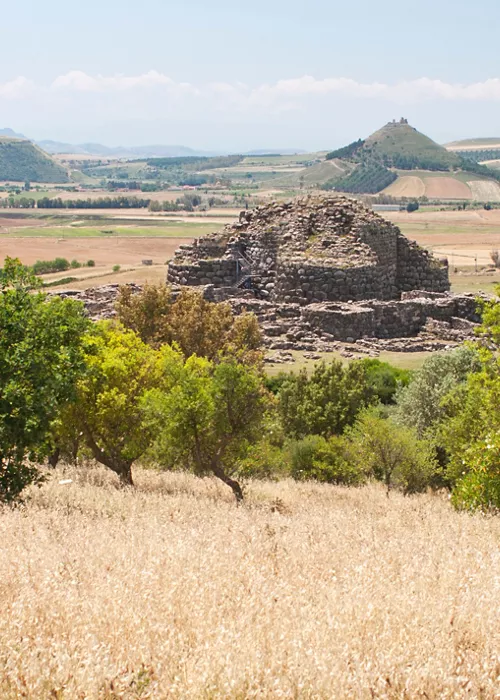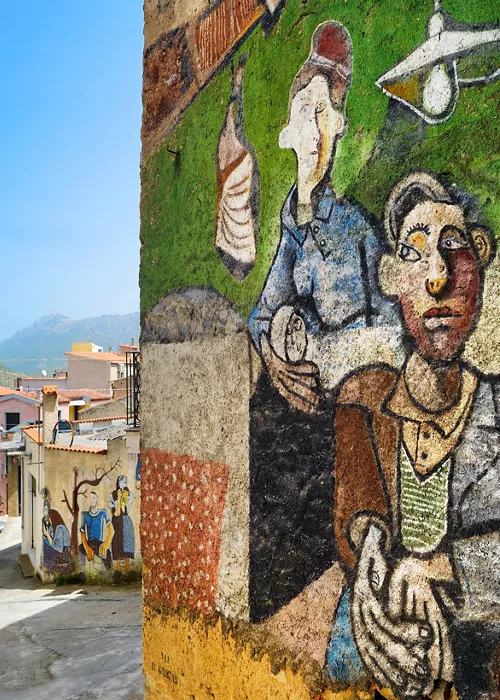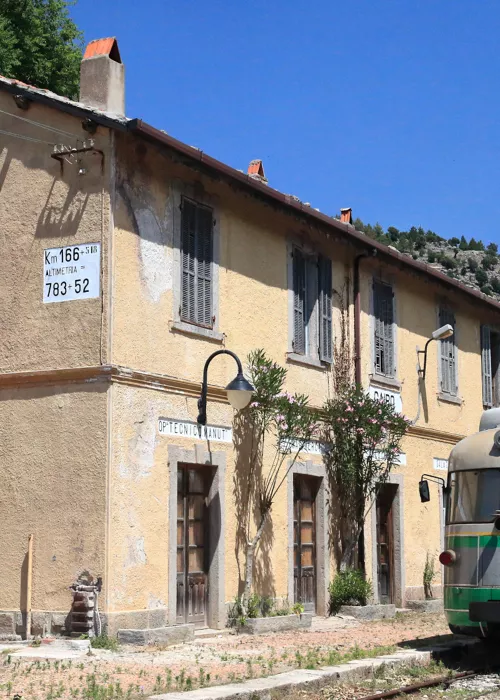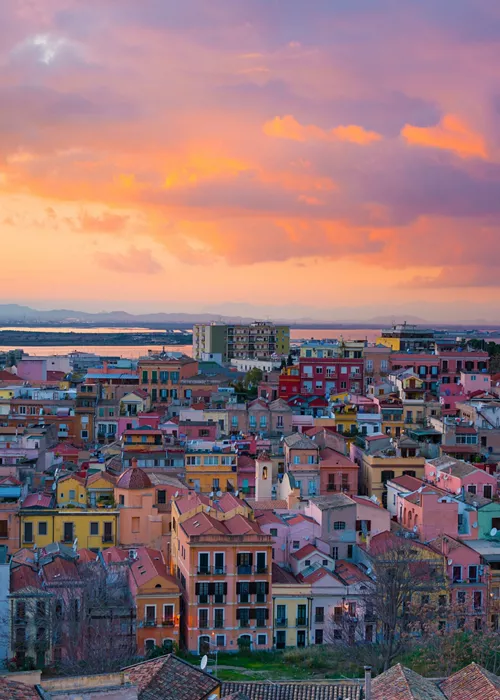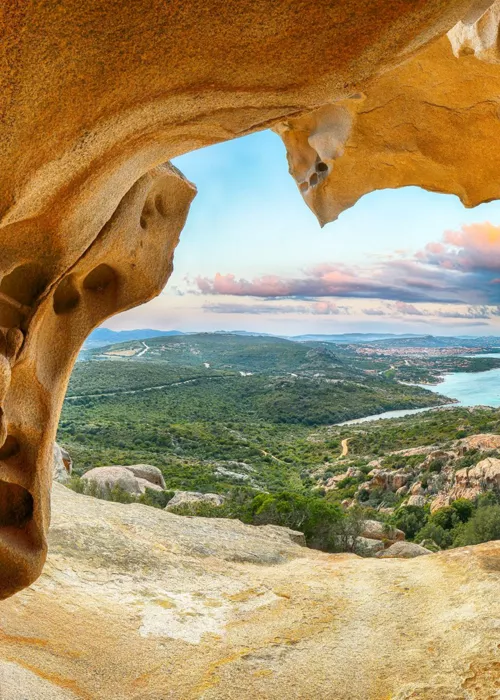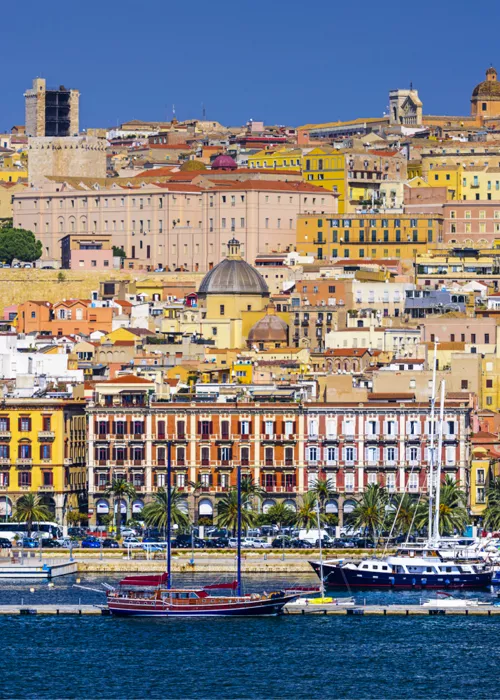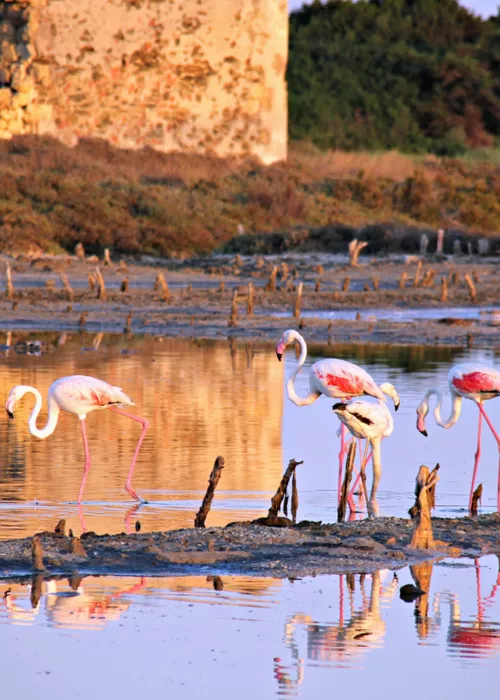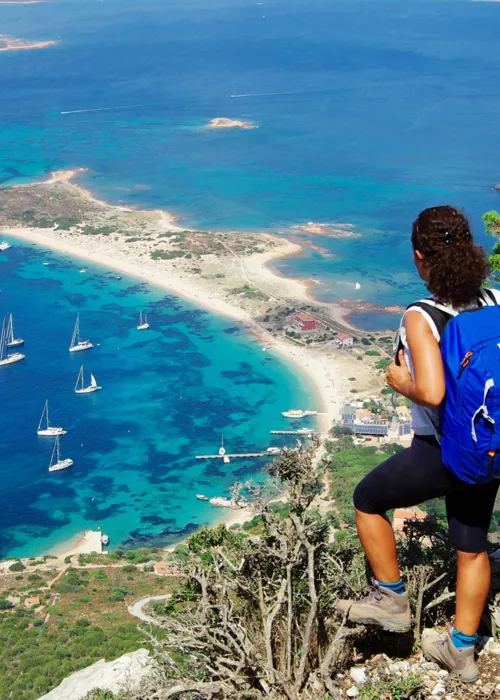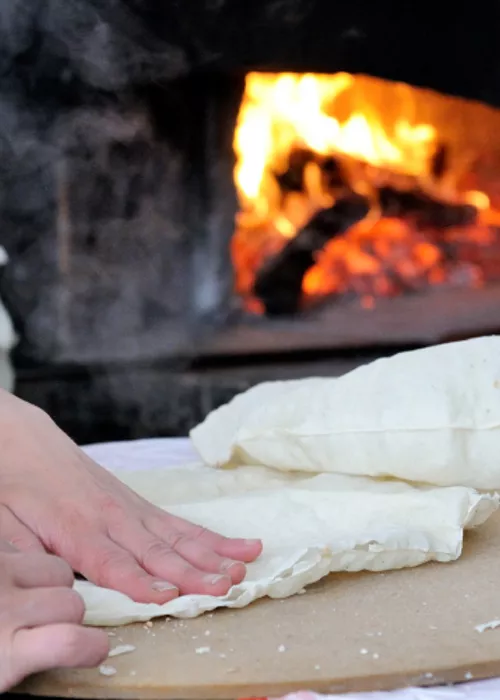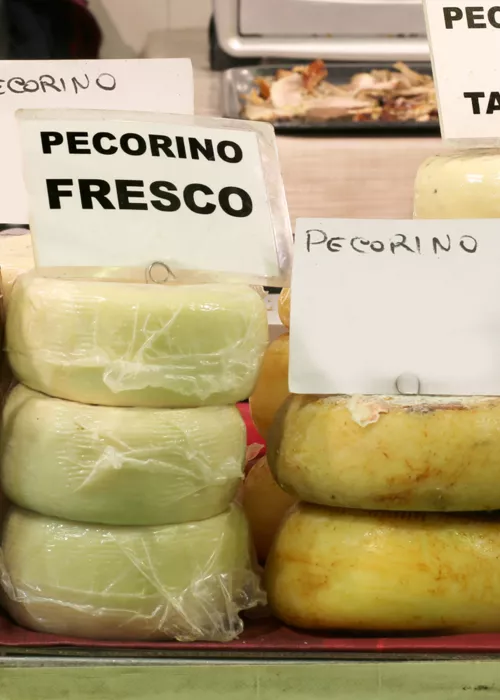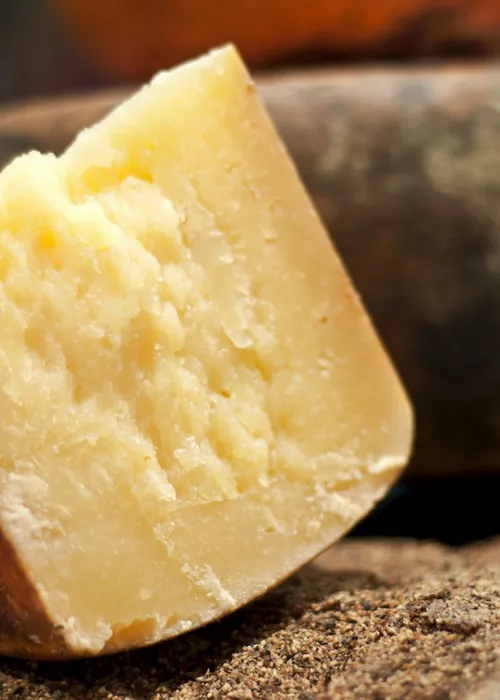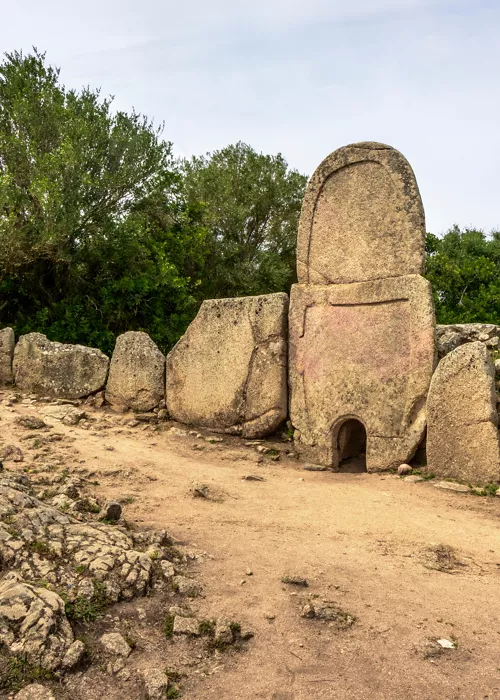The Sardinia of the ancient Romans: amphitheatres and ancient colonies
4 minutes
Cagliari, its amphitheatre and splendid mosaics
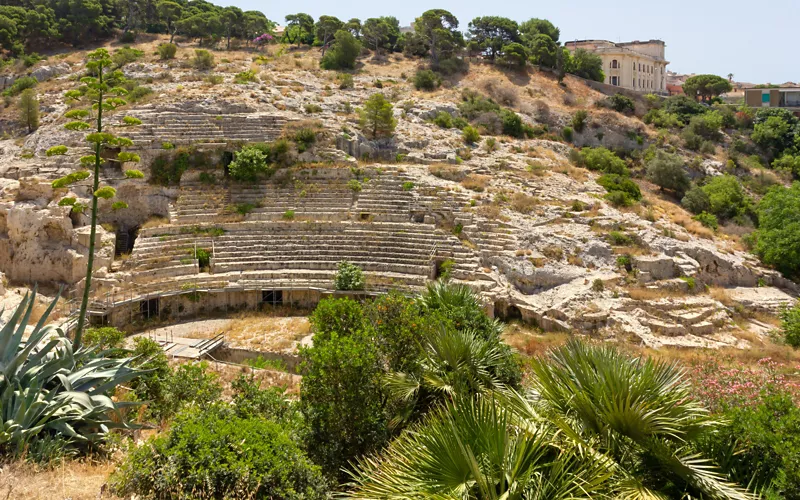
If you visit Cagliari, one of the places to admire is its Roman Amphitheatre dating from around the 1st-2nd century AD.
You will see the remains of the structure carved directly into the rock and surrounded by vegetation, imagining the fights of the gladiators and the entry of the beasts. Ten thousand spectators could watch the ancient Romans' favourite shows, seated on these tiers assigned by social classes.
Look in particular at the large cistern into which rainwater from the steps flowed through an opening in the rock: on the walls you will find interesting graffiti.
Continuing the tour of Roman Cagliari, close to the Amphitheatre is the Villa of Tigellio, a complex that included a bath building and three dwellings. Scholars date the "life" of the site from its initial construction in the 1st century BC to the 6th-7th century AD. Look for fragments of frescoes and mosaic floors, which formed the valuable decorations of the ancient Domus.
About twenty kilometres from Cagliari, the small town of Villaspeciosa is famous for the site of San Cromazio. The jewel in the crown is a mosaic pavement, probably inserted in a church from the 4th century AD, but erected on a bath building dating back to Imperial Rome, similar to the one in Tigellio's Villa. Surrounding the baths were dwellings and a dozen or so tombs are still visible today. Focus on the mosaic in soft red, green and ochre colours, alternating with black and white. You will find fascinating motifs, particularly the rosettes enclosed in acanthus leaves.
Remembering Trajan in the Oristano area
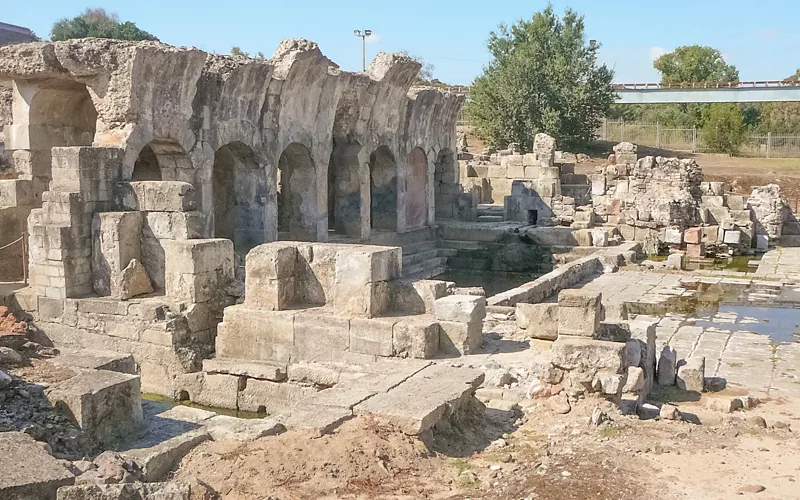
In the small village of Fordongianus in the Oristano area, a monumental site stands where the Romans built a thermal bath facility. They built it here, where they could take advantage of the waters bubbling to the surface at 54 degrees. Emperor Trajan wanted the baths on the banks of the river Tirso, on the edge of an urban centre called in antiquity Forum Traiani. Wander around the ruins to take in all the sophisticated architecture of the establishment, including the tepidarium, frigidarium and calidarium, the large pools where the ancients bathed in therapeutic baths.
Alghero and a 49-room Roman Villa
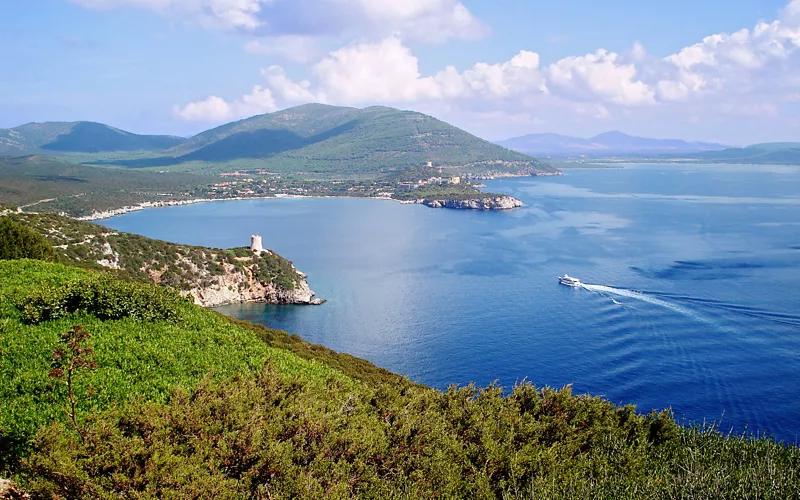
The Bay of Porto Conte in Alghero is part of the Regional Park of the same name, encompassing an area of splendid nature, from the coast that alternates between sand and sheer cliffs, to the inland area with its generous vegetation. The Bay has always enchanted travellers and it was here that the Romans built a sumptuous Villa with 49 rooms in the 1st century. Among the most interesting Roman sites in Sardinia, today you can admire the finds from the sea, brought to light by recent excavations, while for a closer look at the decorations and mosaics you will have to travel to the National Archaeological Museum in Sassari.
The vision of the sea accompanies you on your visit to the Roman Bridge which connects Fertilia to Alghero. Radically remodelled in the Middle Ages, its origin in Roman times is evidenced by the bases of the pillars that once supported the arches.
You can walk across the bridge, before arriving at the point where the structure suddenly truncates, remaining as if suspended. From here, enjoy the scenery of the lagoon as it makes its way to the sea, a place dear to many species of birds.
Porto Torres and its impressive archaeological park
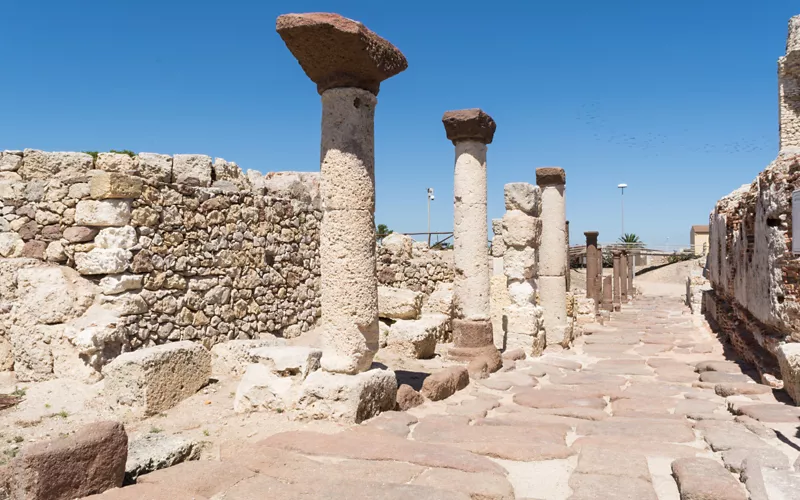
The Archaeological Park of Turris Libisonis is the ancestor of Porto Torres, which developed over the Roman city founded in 46 BC by Julius Caesar. It is an imposing site that preserves details of considerable interest to lovers of ancient history, in a magnificent position in the centre of the Gulf of Asinara: a stretch of coastline suitable for the landing of ships and the development of ports, which favoured the wealth of the colony.
Walking on the ancient cobblestones between stone arches and colonnades is fascinating, as is observing the perimeter of the city with stretches of walls and necropolis, baths, dwellings, vestiges of an aqueduct and catacombs. Look for the Domus where you can still admire the Mosaic of Orpheus, before heading for the solemn Roman bridge over the Rio Mannu.
In Olbia, a rustic villa of great charm
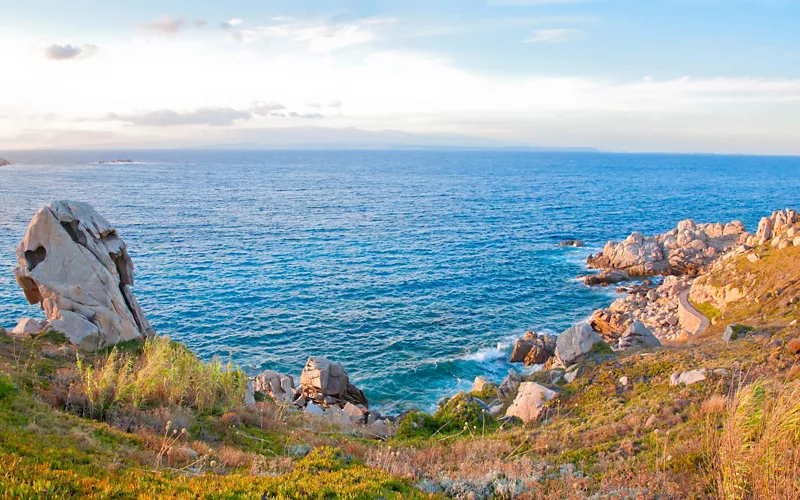
A few kilometres from Olbia, in the northern part of Sardinia, archaeology enthusiasts can find traces of the Villa Rustica, or Roman Farm, S'Imbalconadu. From the Republican period, dating back to the second century BC, it shows a central structure surrounded by other rooms that once housed storerooms. This, in fact, was the place for grain processing and cattle breeding. The location of the archaeological site is enchanting, on a small rise overlooking the river Padrogianus. Just beyond it stretches the magnificent coast of Gallura.

